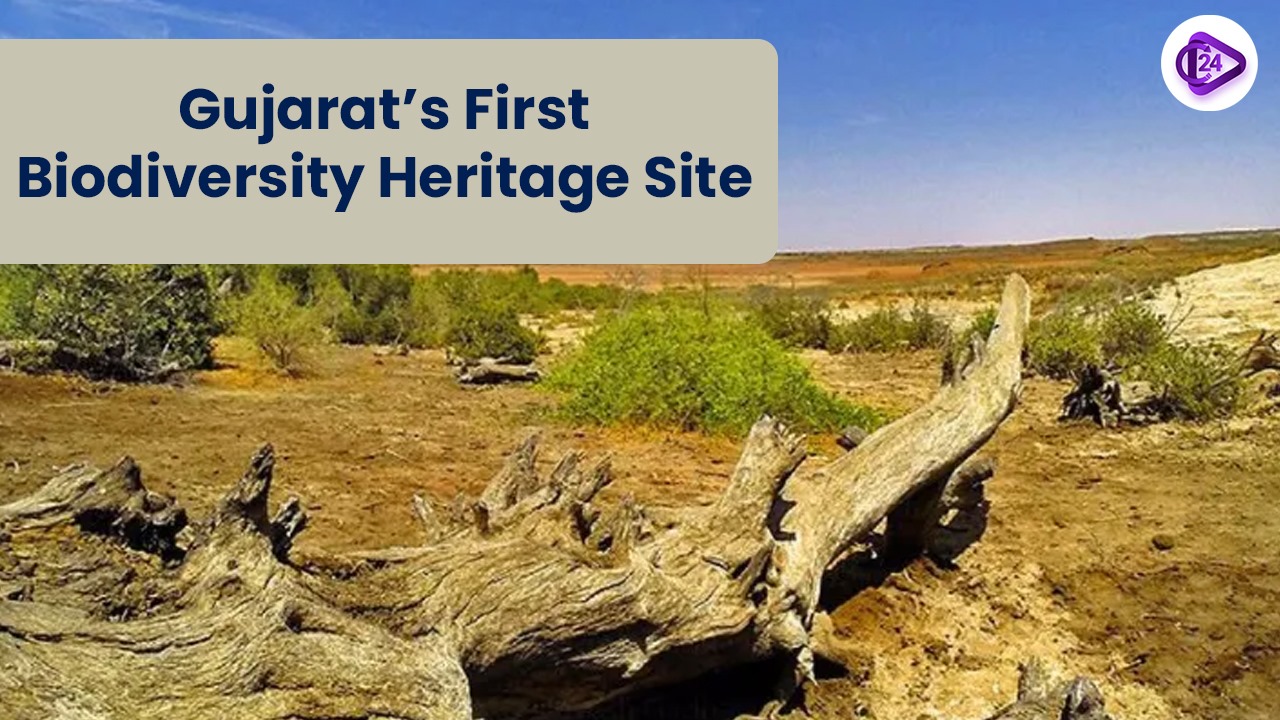
The Gujarat Biodiversity Board has officially recognized the ‘Inland Mangrove Guneri’ in Kutch as the state's first-ever Biodiversity Heritage Site (BHS). This significant declaration marks a milestone in Gujarat's ongoing efforts to conserve its rich biodiversity and natural ecosystems. The Inland Mangrove Guneri, with its unique non-tidal mangrove ecosystem, holds immense ecological importance, and its recognition under the BHS initiative ensures better protection and sustainable management. By securing this protected status, Gujarat aims to safeguard this rare habitat, which not only supports a diverse range of flora and fauna but also serves as an essential element in maintaining the ecological balance of the region. This move also highlights the state's commitment to preserving its natural resources for future generations.
The concept of Biodiversity Heritage Sites (BHS)
-
Definition:
-
The uniqueness of ecosystems together with abundant biodiversity defines Biodiversity Heritage Sites which receive official recognition for their ecological value. Successfully conserving habitats depends on these locations which protect natural balance systems between ecosystems.
-
-
Ecological Importance:
-
Indian states have identified BHS as areas which include terrestrial ecosystems together with coastal areas alongside inland water ecosystems. These sites protect species diversity while providing essential habitat maintenance for ecosystems along with their services.
-
-
Legal Framework:
-
The Biological Diversity Act of 2002 grants authority to state governments to choose such regions. NBA functions as a guide to help select and manage these sites.
-
Characteristics of the Inland Mangrove Guneri
-
The Inland Mangrove Guneri forms a distinctive mangrove ecosystem that exists within the Kutch district at a 45 km distance from the Arabian Sea shoreline. Natural water tides are not required for this mangrove habitat to survive although they are essential for normal mangrove ecosystems.
-
The flat landscape on which this mangrove grows displays dense forest characteristics opposite to the usual coastal mangrove arrangement.
-
The site contains numerous plant and animal species which makes the location an important ecological site for the area.
Objectives of the BHS Designation
-
A key reason behind establishing the Inland Mangrove Guneri as a Biodiversity Heritage Site revolves around several critical aims.
-
The goal exists to achieve better biodiversity conservation within this area.
-
The main objective of this action is to establish a connection between human action and natural systems.
-
The initiative seeks to develop conservation ethics through public awareness programs about biodiversity protection.
-
The management objective exists to tackle increasing biodiversity reduction in lands experiencing extensive human oversight.
-
Management of Biodiversity Heritage Sites
-
Responsibility:
-
BHS management falls as the responsibility of the Biodiversity Management Committee (BMC) which the local body convenes. Under the supervision of the committee the site's conservation needs and management requirements are both directed toward sustainable practices.
-
-
Management Plan:
-
The BMC develops site management plans that extend from five to ten years in duration for every installment. This planning approach collects methods for protecting natural resources as well as instructions for good ecological practices and full community participation.
-
Conclusion
The recognition of the Inland Mangrove Guneri as Gujarat’s first Biodiversity Heritage Site represents a major achievement for state biodiversity preservation. The achievement of sustainable management and locally-involved conservation strategies with improved practices stands as a vital step towards defending the unique regional ecosystems for future generations.



 World Earth Day 2025: Date, History, Theme, and Significance
World Earth Day 2025: Date, History, Theme, and Significance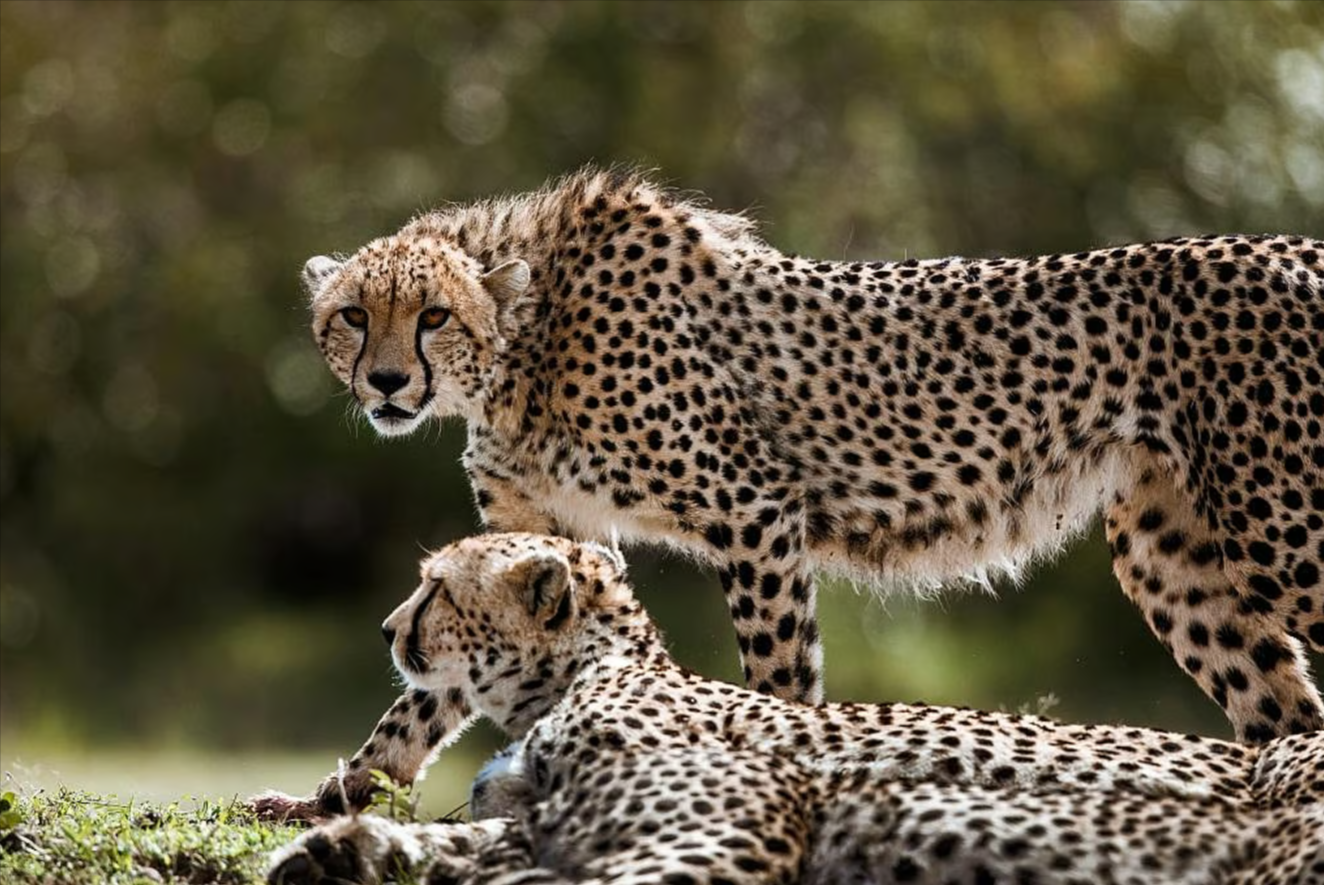 Two Cheetahs released into Gandhi Sagar National Park
Two Cheetahs released into Gandhi Sagar National Park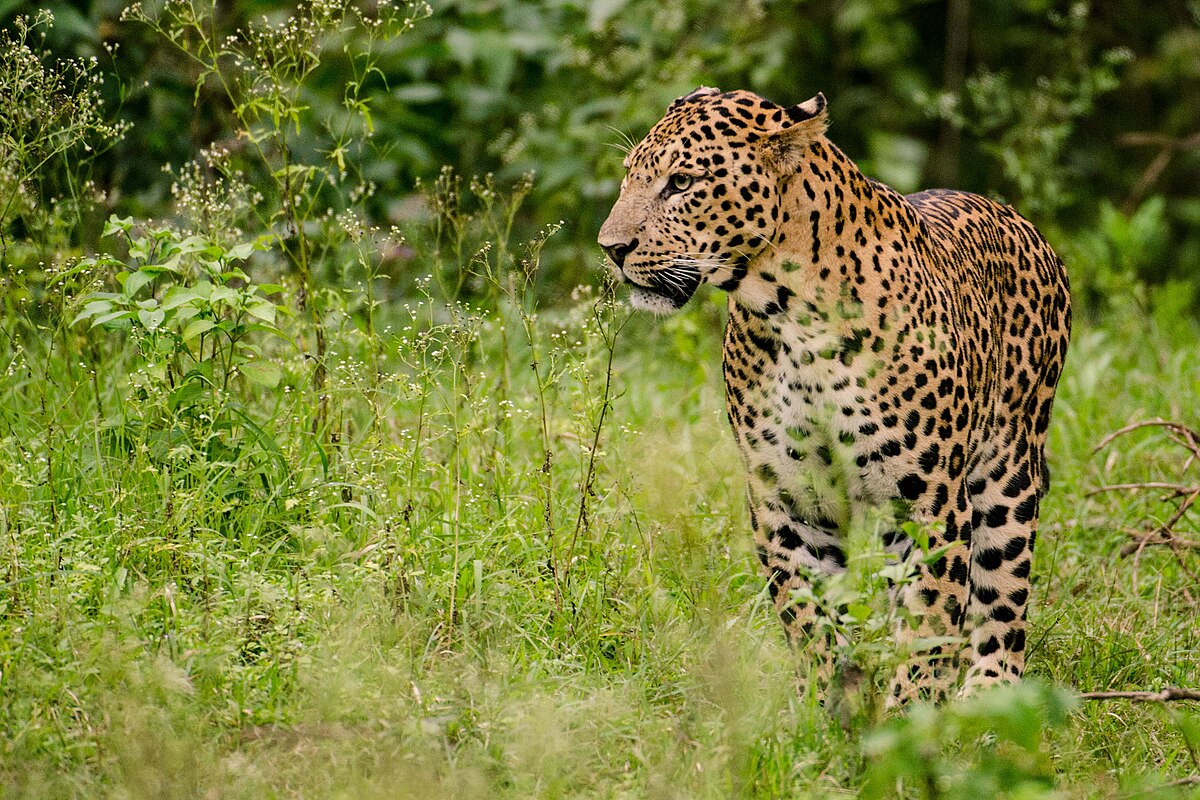 Leopard Spotted in Asola Bhati Wildlife Sanctuary
Leopard Spotted in Asola Bhati Wildlife Sanctuary Cap-and-Trade Model in Surat Cuts Pollution by 30%, Lowers Regulatory Costs
Cap-and-Trade Model in Surat Cuts Pollution by 30%, Lowers Regulatory Costs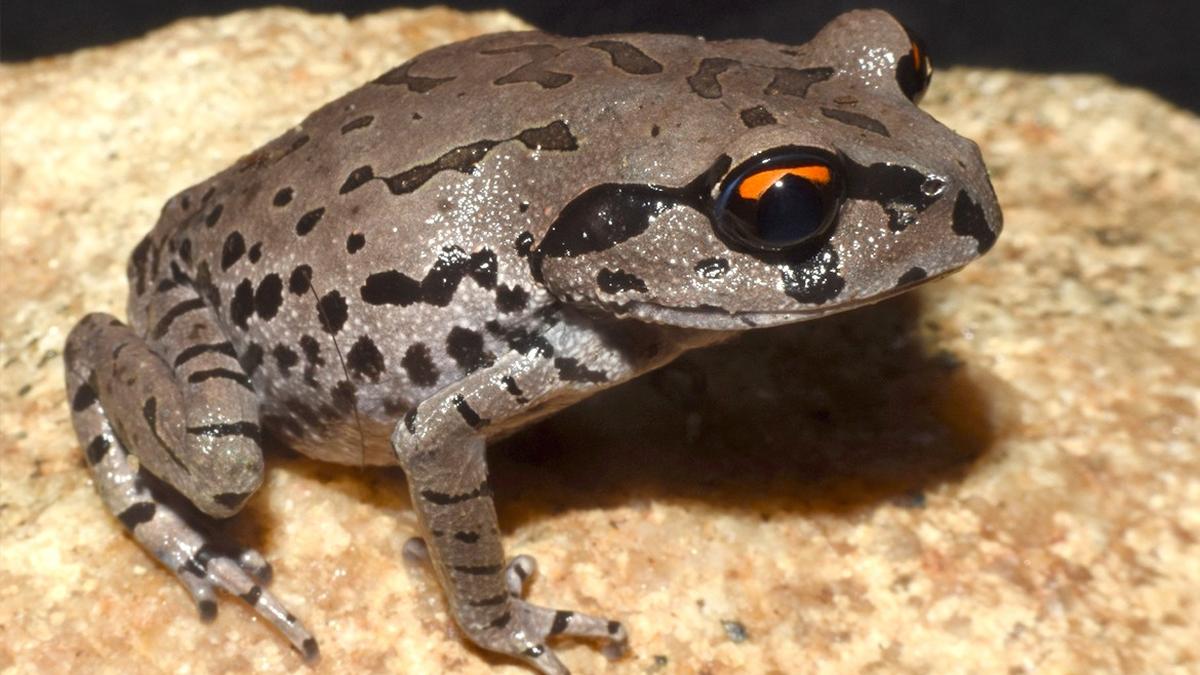 New Frog Species Leptobrachium aryatium Discovered in Assam After 21-Year Study
New Frog Species Leptobrachium aryatium Discovered in Assam After 21-Year Study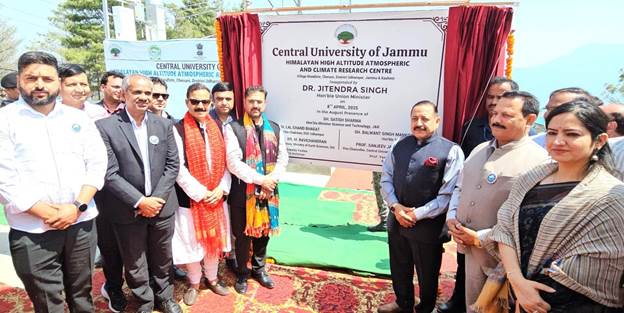 India's First High-Altitude Climate Change Research Centre in J&K
India's First High-Altitude Climate Change Research Centre in J&K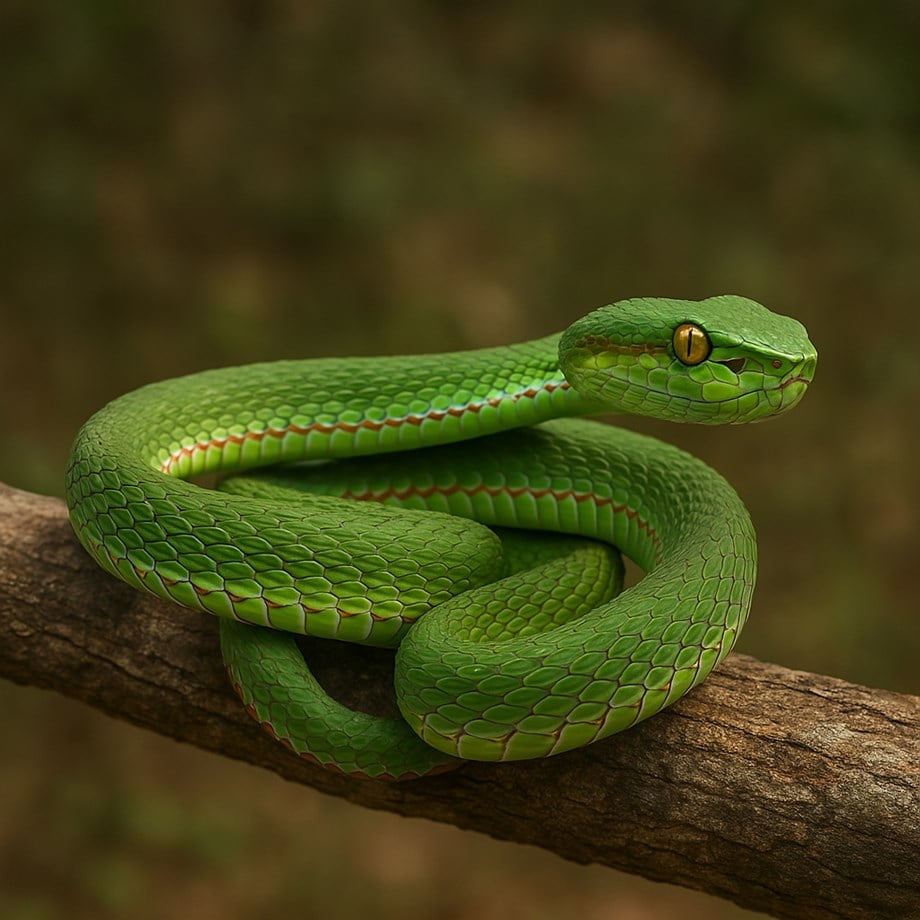 Unravelling the Mysteries of Pope’s Pit Viper Venom: A Deadly Snake of Northeast India
Unravelling the Mysteries of Pope’s Pit Viper Venom: A Deadly Snake of Northeast India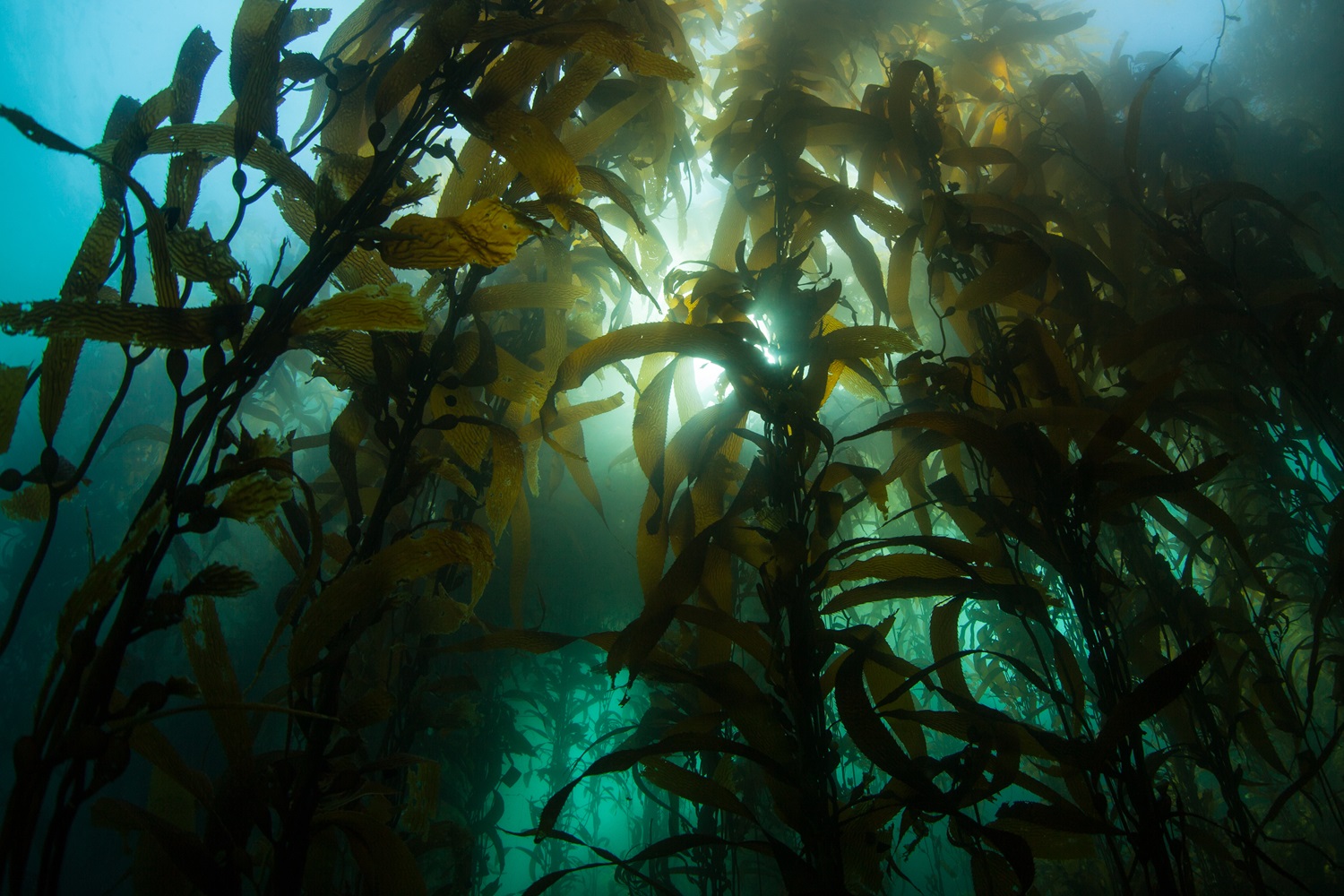 Seaweed: A Nutritional Powerhouse from the Ocean
Seaweed: A Nutritional Powerhouse from the Ocean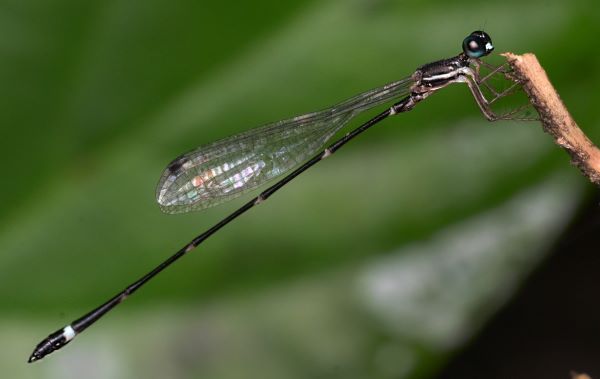 Discovery of New Damselfly Species in Kerala
Discovery of New Damselfly Species in Kerala Gangotri National Park: A Gateway to Himalayan Biodiversity
Gangotri National Park: A Gateway to Himalayan Biodiversity






